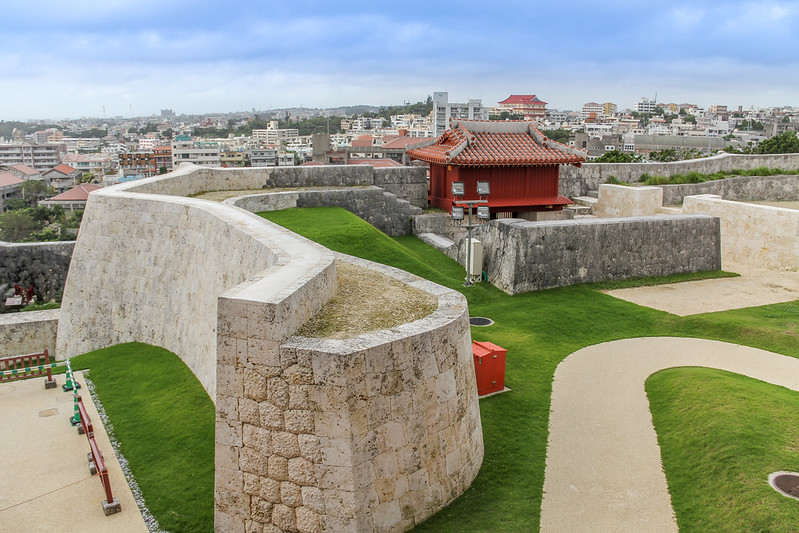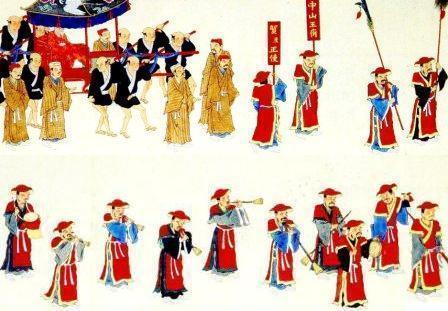
The Amazing Ryukyu Culture
Located at the southwest tip of Japan are the islands of Okinawa. Okinawa is made up of 160 islands and is home to the indigenous Ryukyuan or Lewchewan people. They are the largest minority group in Japan, with about 1.3 million living in Okinawa alone and another 300,000 elsewhere in or outside the country, mostly in Hawaii.
Ryukyu was first mentioned in Chinese historical writings from the Sui Dynasty of the 6th to 7th centuries. The early Ryukyuan Islands were described by the Chinese as the modern day Ryukyuan Islands and Taiwan and were inhabited at the time by migrants who were believed to have crossed into the northern Amami-Okinawa Islands from Kyushu.
Five men wearing Ryukyuan attire, Meiji era.
Over the centuries, the locals established trade relations with neighboring Korea, China, and other islands in Japan.
When China initiated its maritime prohibition policy in 1371, the Ryukyu played an important part as intermediary between Japan and China. During the reign of China’s Hongwu Emperor, the founder of the Ming dynasty, 36 Chinese families from Fujian (a province southeast coast of mainland China) were invited by the king of the Okinawa Islands to settle in the port areas and serve as interpreters, diplomats, and government officials. Many Ryukyuan officials were descendants of Chinese immigrants, either born in China or had Chinese grandfathers. Their contributions helped shape Ryukyuan technology and diplomatic ties.
The Ryukyu Kingdom was established in 1429 and continued to flourish through commerce and trade. In the early 17th century, the Okinawa Islands were invaded by the Satsuma Domain of Kyūshū.
During the Meiji period, the Ryukyu Kingdom was formally abolished and became Okinawa Prefecture. In the aftermath of World War II, the U.S. maintained control of Okinawa even after the 1951 Treaty of San Francisco. Some of the U.S. soldiers stationed in the islands took local brides. In 1972, Okinawa was returned to Japan, yet three quarters of U.S. service personnel stationed in Japan are assigned in Okinawa today.
Shuri Castle
The Shuri Castle is located only 30 minutes by monorail from Naha Airport. It is nestled on top of a hill that overlooks Shuri, the ancient capital of Okinawa. Shuri Castle is a World Heritage site that best embodies the history and culture of the Ryukyu people that embraced diversity.



